AGRIVELLO
In addition to doing research in the lab, over the years Chiara has involved a number of private pellet users, asking them to complete a citizen science questionnaire so as to share data and give suggestionson how to improve the product, for example by minimising or eliminating possible defects such as dust, bad odour or aesthetic defects. “While in the lab I studied nitrogen release times (which are very slow due to the presence of proteins) and hydroscopic characteristics, i.e. the ability to retain moisture, experimentation in the field has helped identify other parameters: Agrivello does not smell of manure, but smells of sheep – I was told – and it does not produce dust, thanks to the fats that compact the product. Moreover, the wool mat that forms in the vegetable garden after irrigation is nice, because the pellet pops like popcorn”, says Chiara.
In these years of hard work and experimentation, she has also found the perfect answer to those who criticise her for using a ‘noble’ raw material like wool as fertiliser. “I would certainly have loved to work with boiled wool, but there is no demand. A pure wool jumper lasts for decades. Not to mention carpets and mattresses. Moreover, washing grease wool is becoming more and more difficult. I also discussed this with Benedetta from Lamantera (the young entrepreneur who won ReStartApp 2020). Do people know that sheep are to be sheared every year?”
This is why Agrivello is the solution to a macroscopic, often neglected problem: “From one kg of wool I obtain one kg of pellets. There’s no waste. With my small system I can process around 20 kg per hour. To those who don’t believe it, I offer a 1kg-package:40-50 grams of pellets are enough for one seedling and the fertilising action lasts between 3 and 4 months; one bag is enough to try”. ”If a vegetable garden is fertilised in June, nitrogen will be released until the end of summer And you will know that you have enriched the soil where you grow your vegetables with a natural fertiliser coming from circular economy.
